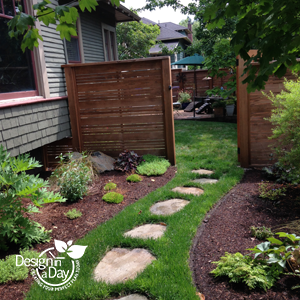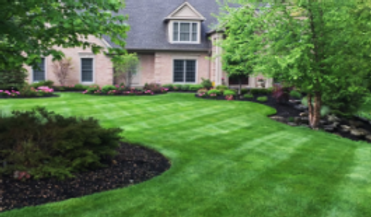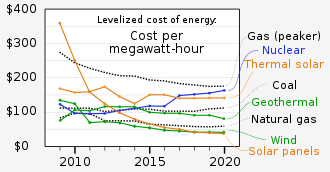Designing an Environmentally Friendly Landscape
landscape designs have come a long way since the age of boring rectangular lawns and flower beds. Today’s landscaping trends are all about making the most of natural areas and doing it in an environmentally friendly manner. Let’s look at some tips for how we can design our green spaces with sustainability in mind.

Choose Native Plant Species
Native plants require less water, fertilizer, and pesticides than many other options. Further, they provide more support for local wildlife as their flowers provide valuable nectar sources for pollinators like birds, bees, and butterflies. Plus, native plants are accustomed to living in your climate, so they’re best equipped to withstand the local conditions.
Minimize Pesticide Usage
Wherever possible, minimize the use of chemical fertilisers and pesticides. Instead, use layered organic mulches, such as compost or hay, to suppress weed growth. This also helps retain moisture in the soil, meaning you don’t have to turn on the hose as much. Better yet, introduce beneficial insects like ladybugs or praying mantises that will eat other garden pests without damaging your plantings.
Use Rainwater
Catch rainwater from your roof where possible by installing a rain barrel. Not only is this a great way to save on your water bill, but you can also use this free source of water to water your plants. Ensure that the barrel is placed on level ground to avoid spilling and placed on a secure base to prevent it from coming loose and causing damage.
Create a Hardscape
Hardscaping is the practice of adding man-made structures into a landscape. Think raised beds, retaining walls, decks, patios, walkways, and so forth. Not only do these elements serve practical purposes, but they also look great and help define the garden space. Additionally, many hardscapes now come in smart, eco-friendly designs that are made from recycled materials.
Practice Smart Lawn Care
Lawns need regular maintenance if they’re going to stay healthy. Avoid quenching your lawn with too much water as this can lead to disease and an excess of weeds. Similarly, mowing too often can harm the grass and make it more susceptible to drought. Try to restore the nutrients in your soil with natural fertilizers to reduce the amount of chemicals used.
Invest in Pervious Surfaces
Pervious surfaces such as gravel, permeable pavers, and exfiltration paving systems allow water to flow through them and return to the ground below. This aids in reducing runoff and protects against flooding. Low-maintenance and aesthetically pleasing, these surfaces are a great choice for patios and walkways alike.
Reinvent Your Yard Waste
Don’t just throw out your yard waste; reuse it. Spend an afternoon raking up fallen leaves, and then either add them to your compost heap or layer them around your trees, shrubs, and perennials. Not only does this act as mulch and protect your plants from harsh weather, but it also creates a fresh and earthy aesthetic.
By using some of these simple tips, you can easily create an environmentally friendly landscape that looks beautiful and supports native wildlife. Doing so not only benefits our planet, but it also helps us appreciate the beauty of nature and live in harmony with it.




